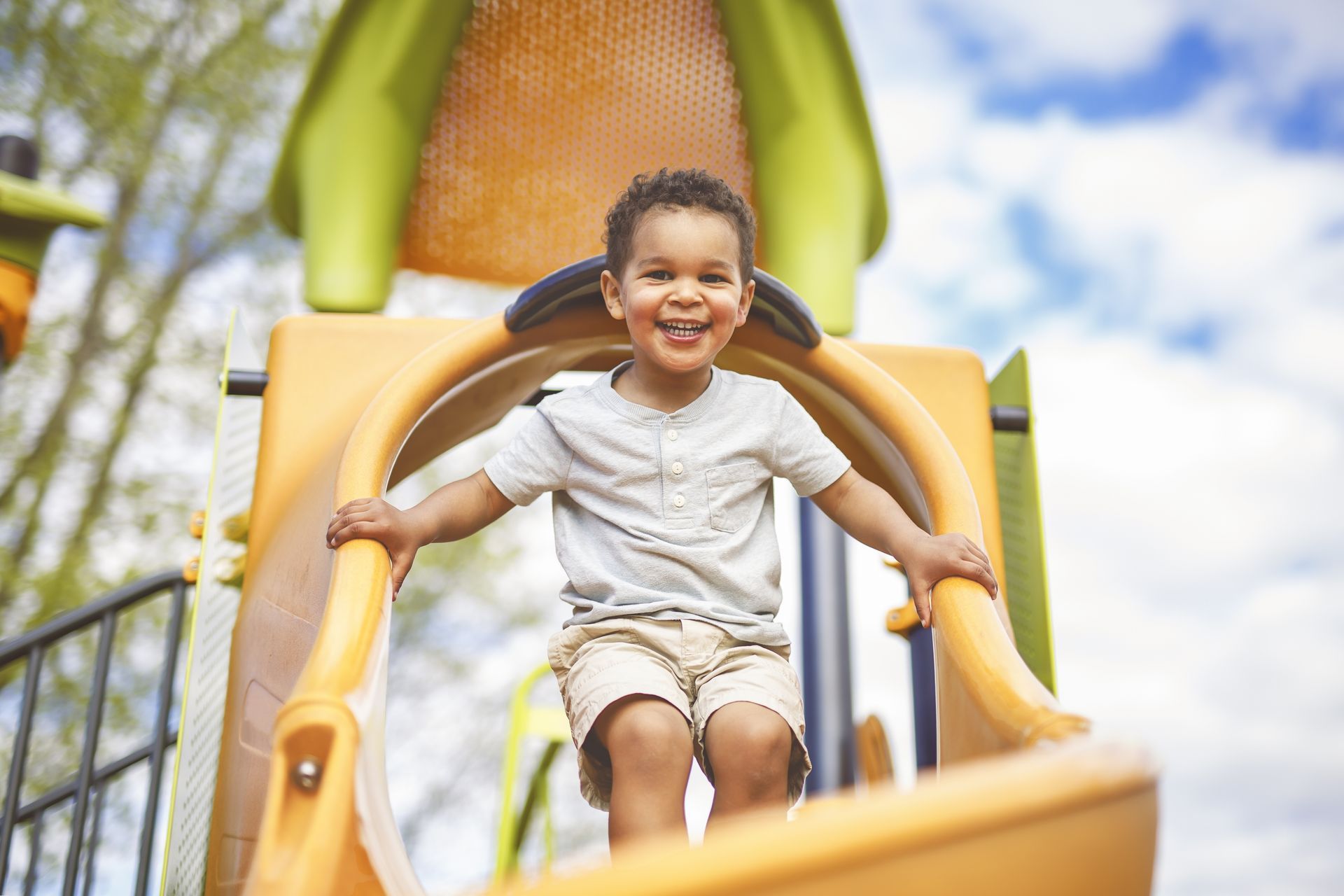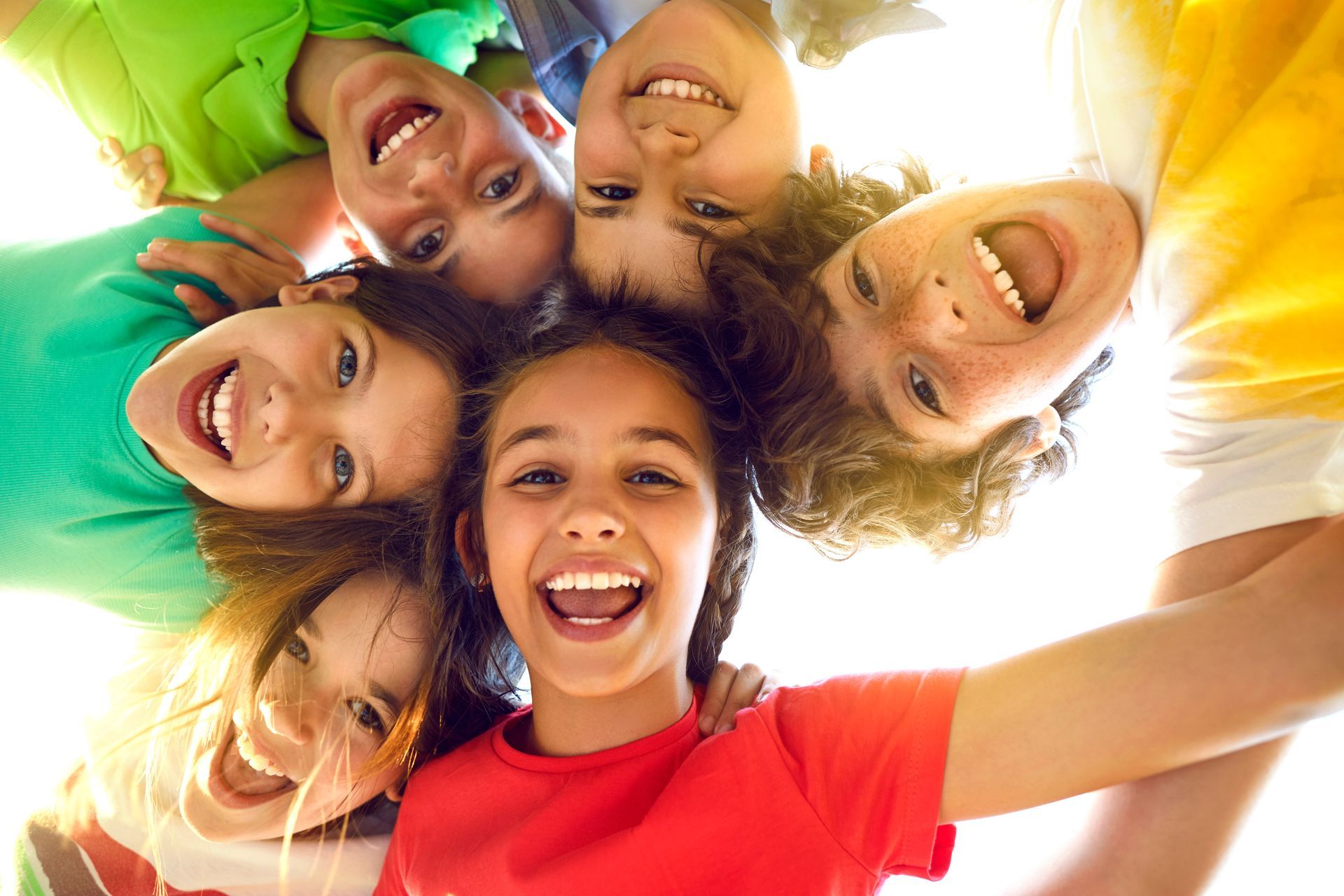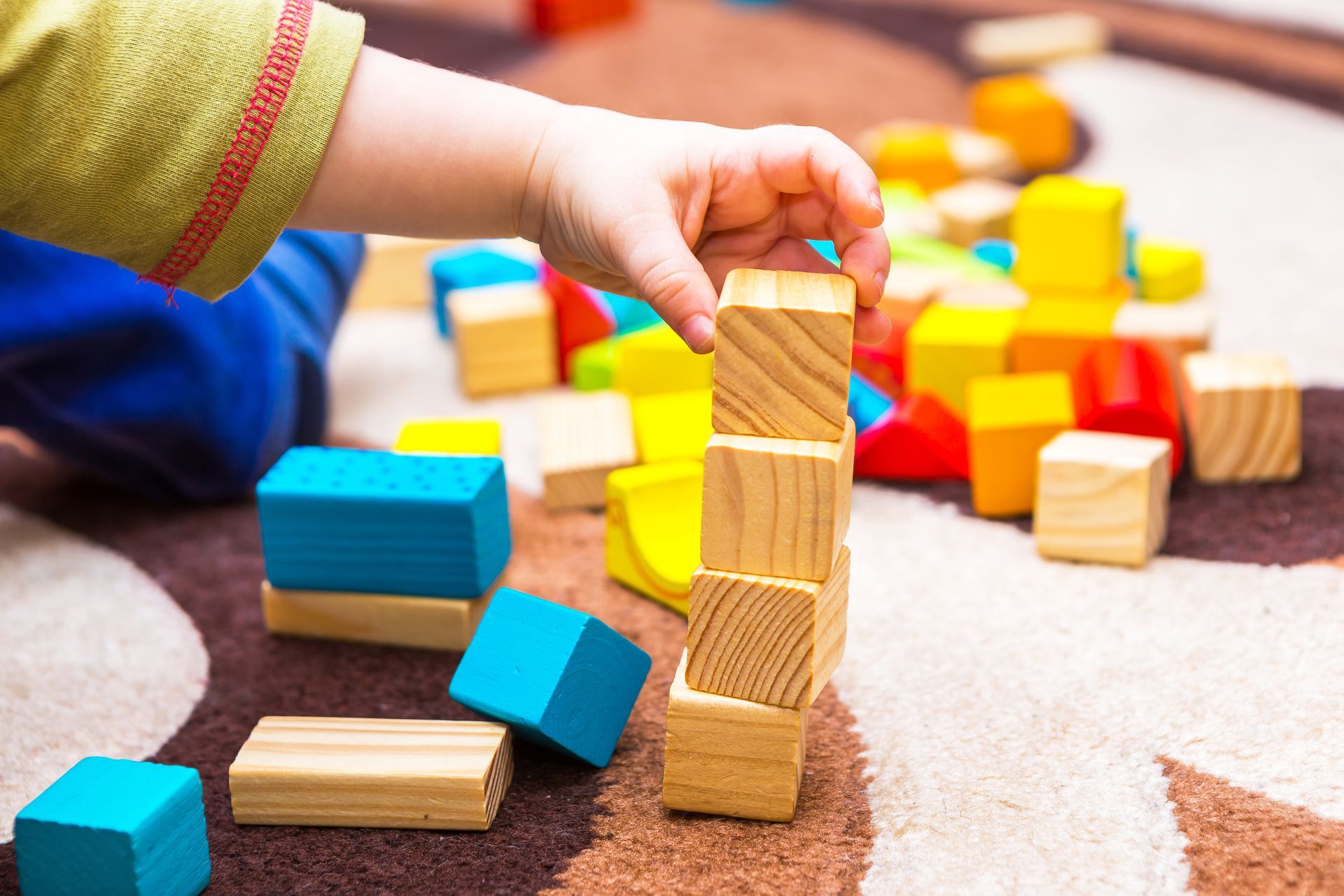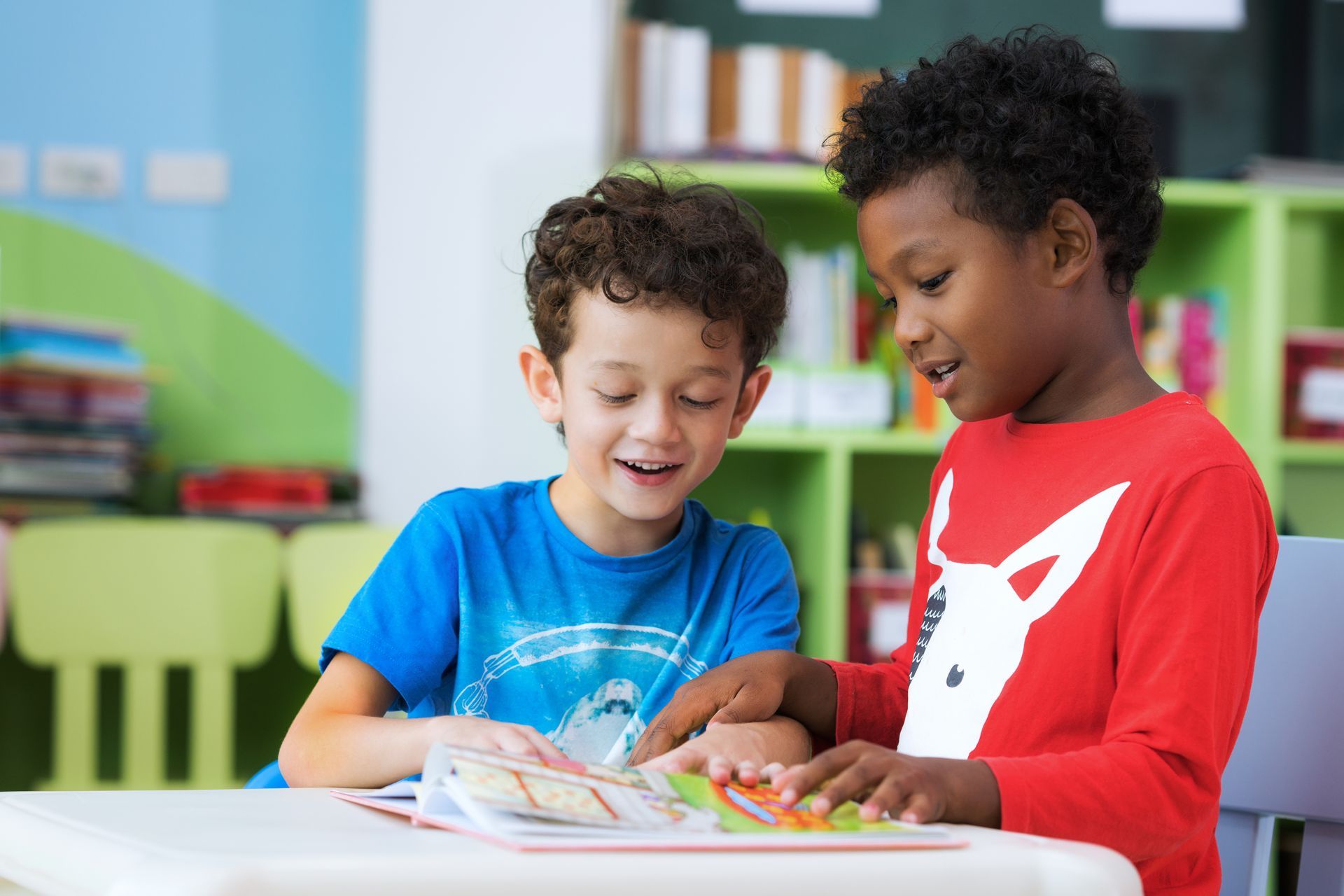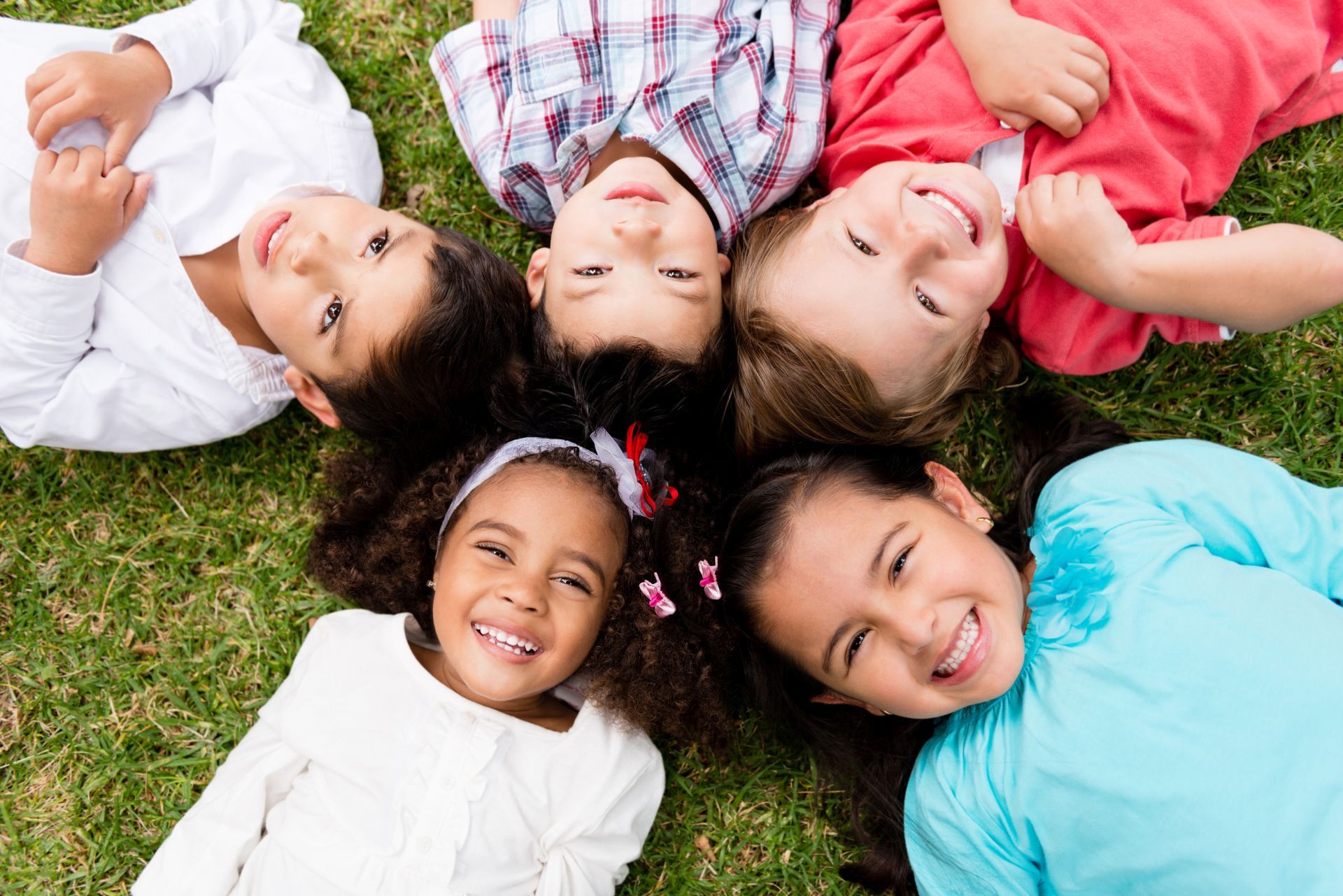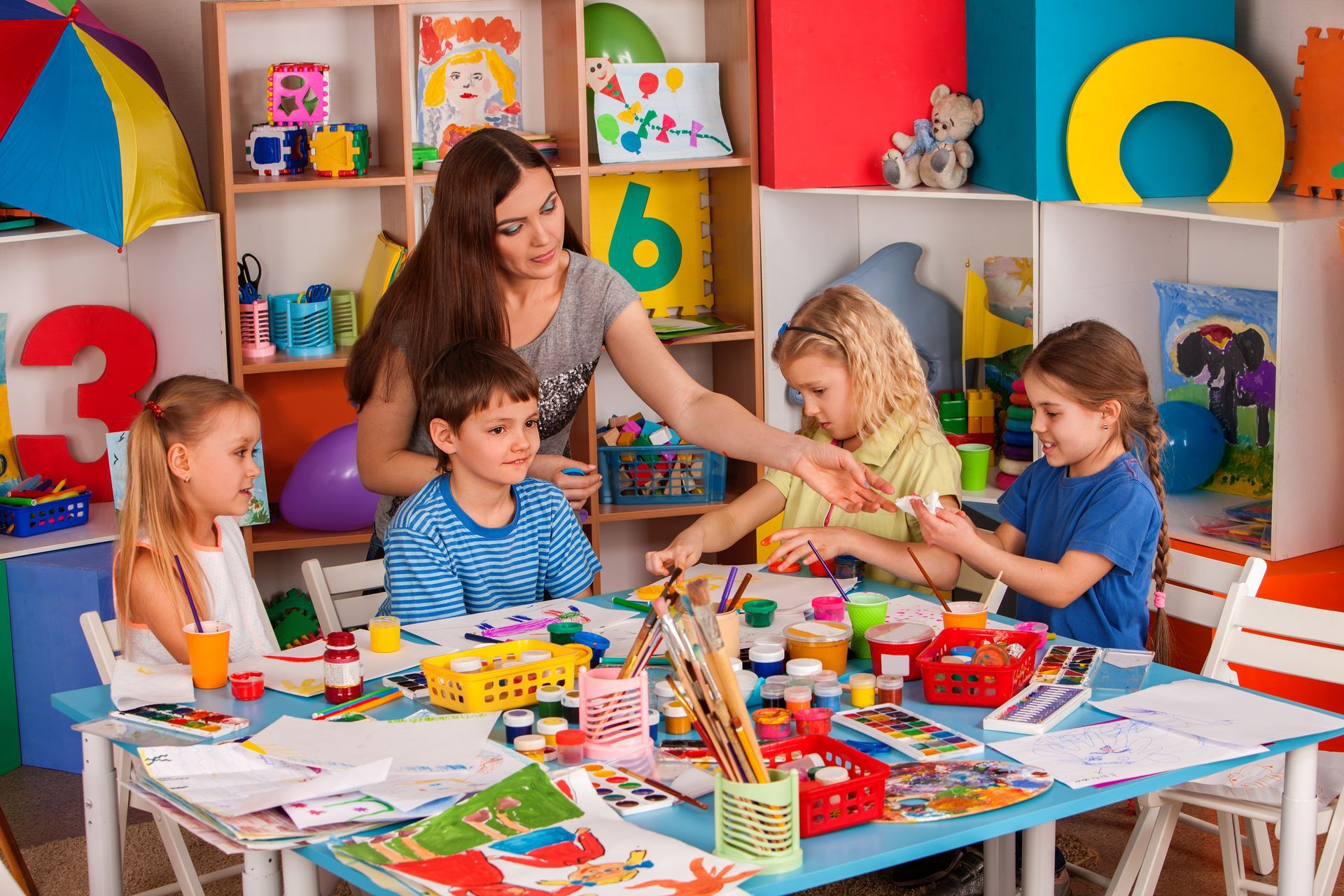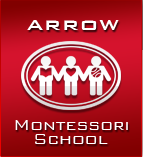How Is a Montessori School Different From Public Schools
Have you found yourself wondering how to best prepare your infant or toddler for school? Are you looking for an excellent San Dimas preschool? If so, consider investigating a Montessori school.
After all, early childhood education can have a significant impact on a child's future. It means they're more likely to graduate high school, and it also helps prepare them for their future academic and social years in school.
Our approach is centered on the student. We value community, creativity, and student choice, and we want to teach these values to your child as well. We believe that this will foster learning environments that promote authentic learning.
You may be wondering how a Montessori academy or preschool differs from a public school. If so, you're not alone! Keep reading to get the breakdown between these very different approaches to education.
What Is the Montessori Method?
Maria Montessori started the first Montessori academy in Italy in 1907. Maria worked to create engaging learning activities that let students choose what they wanted to learn. This was (and still can be) a significant break from the more structured and rigid approach that is still in use today in many schools.
Her inventive efforts paid off! The Maria Montessori method has continued to grow in popularity with infant and toddler daycare centers around the world.
How Are Montessori Schools Different From Public Schools?
One of the easiest ways to see the difference between a public school and a Montessori school is to look at the classroom.
In a traditional public school, students passively sit at desks throughout the lesson. At a Montessori school, students are free to move around the learning space as they want. This encourages them to engage and collaborate with peers, and learn hands-on.
The Maria Montessori method encompasses more than the learning environment. The primary way that Montessori schools and public schools differ is their focus on the student.
In a public school, the teacher directs the class and sets the pace. The teacher also determines the learning approach, and enforces external rules and rewards. A Montessori school will focus on the child first in order to foster genuine learning.
A Montessori preschool will foster genuine curiosity in students. Children will use the classroom environment and materials to help them learn based on their own interests and on their own pace. A public school's curriculum is typically set with little to no flexibility or ability for teachers to adapt.
Montessori academies also place a high value on authenticity. Students in public schools are often taught material that will help them to succeed on state standardized tests. It's also taught in a way based on the teacher's approach rather than considering how students learn best.
In contrast, a Montessori school emphasizes student-guided learning. The Maria Montessori method also focuses on the intrinsic rewards that come from learning.
Ready to Learn More?
Montessori schools value educating the whole child and promoting a deep love of learning that will last a lifetime. If you're looking to start your child off in a Montessori school in San Dimas, contact us today! We will give them an excellent education and foster genuine growth to help them love learning.

